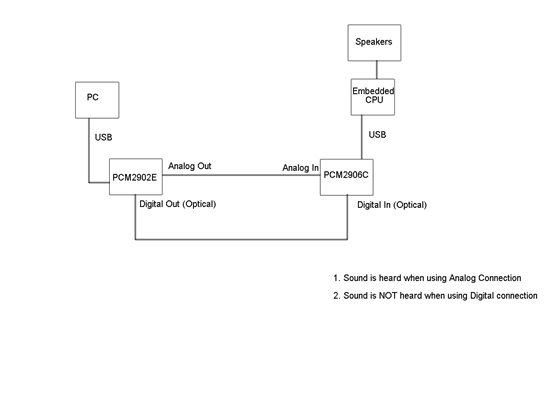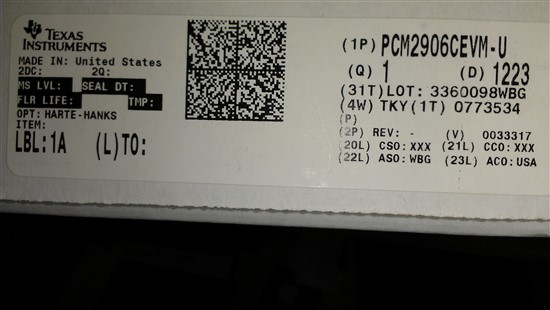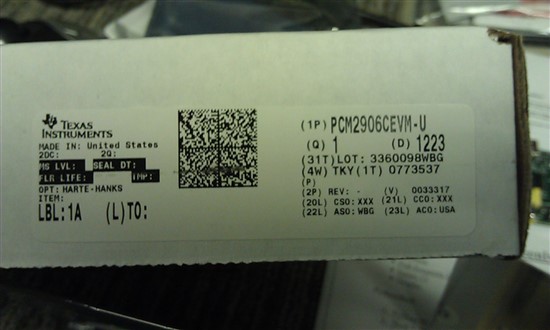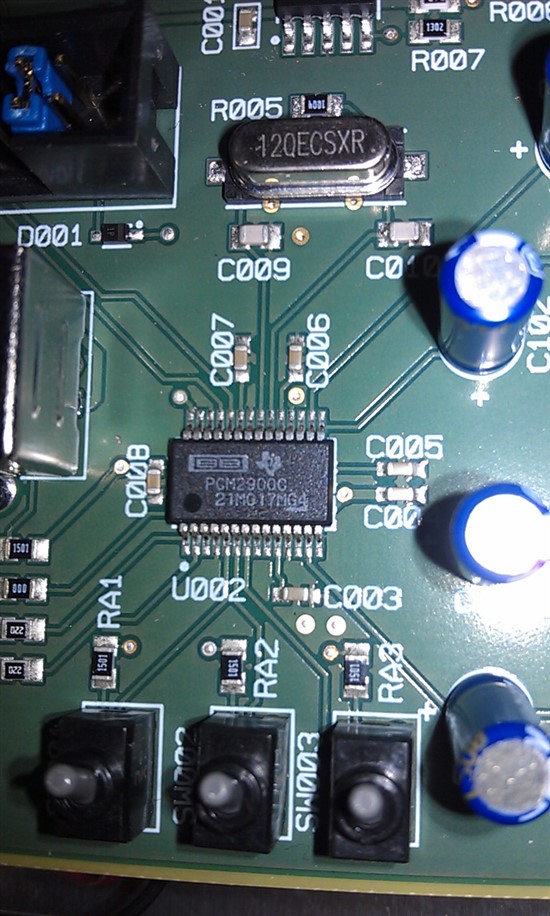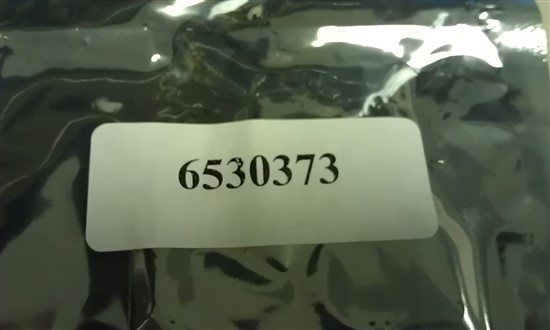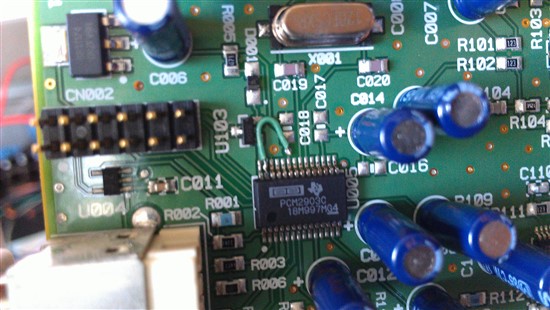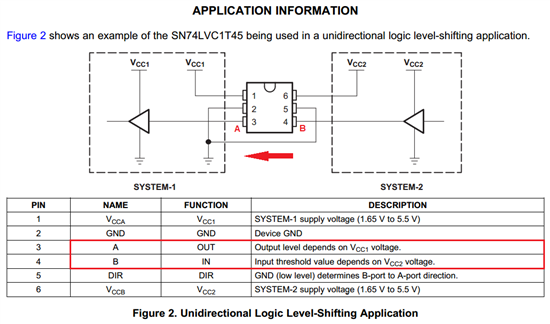Hello,
I have a design using the PCM2906C which implements only the Line In and the Digital In S/PDIF via an optical receiver.
The PCM2906CEVM-U did not contain any connectors for the S/PDIF so I had contacted TI support via email and it was suggested that I reference the PCM2903CEVM-U schematic for the Optical Input.
However, I can't seem to get the Digital Input working. There are oscillations on the output from the Optical Receiver when audio is played indicating the receiver is working but the PCM2906C does not relay anything to the host. The audio being played is a YouTube video from a PC with optical out.
There is no indication on the host side that the digital input port is detected. Is there something I need to do to enable the DIN? Is there some driver configuration required to enable the DIN?
From what I understand from the PCM2906C datasheet is that it should automatically detect data on the DIN and switch over, but seems like this is not happening.
Thanks in advance for the help!


